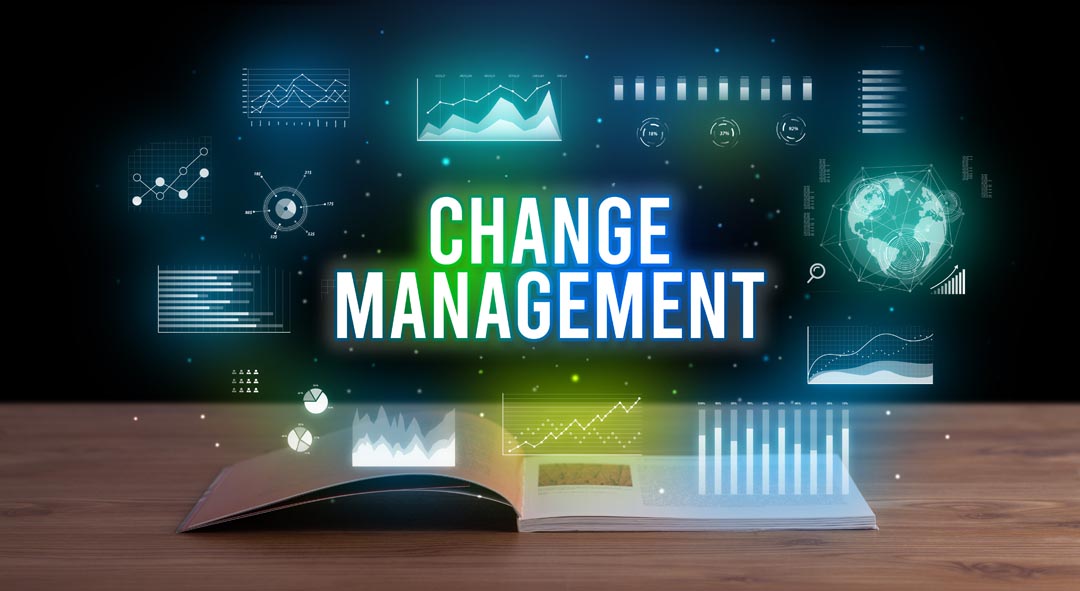Martin Couzins highlights those stubborn data findings about L&D and encourages us to use the data for our own organisations
Benchmarking is a process of measuring products and services against organisations that are leaders in their field. Why would you do it? Because it provides the data and evidence that will help you make business improvements.
The benchmark holds a mirror up to the industry
For 20 years L&D professionals have been participating in the MindTools for Business Learning Performance Benchmark (formerly known as the Towards Maturity Benchmark Study). In that time the data has shown how the profession is performing against a wide range of activities and how these activity trends have changed over time.
This benchmarking data matters so much for the L&D profession because it provides an accurate (and the only long-term) picture of where the profession is at when it comes to strategy, maturity, tactics and impact. This data enables organisations to see how they compare to top performers and provides the evidence and insights to make decisions that will improve L&D within organisations.
Reflection on our own performance
The benchmark is a tool to help support continuous improvement. It also holds a mirror up to the industry, so we get a warts and all view of how L&D teams are performing. Those of you who follow the benchmark year in and year out will be only too aware that some challenges are very stubborn. Look at the top three challenges for L&D teams in 2023, for example:
- Reluctance by managers to make time for learning
- Being overwhelmed and under-equipped
- Many in organisations not seeing learning as a priority
These challenges are persistent, and some might say the benchmark suffers because similar challenges reappear each year. That’s the flip side of longitudinal studies like this benchmark – the first time you read them they grab you, but when the headlines are the same year after year, it’s easy to lose interest in the results and the impact can fade.
MindTools for Business works hard (as did Towards Maturity before it) to provide different angles on the data in order to move the story on year to year. With so much data to play with there is much scope to do this, and I have previously helped Towards Maturity shape some of those headlines.
The challenge here is that there is no TL;DR (too long; didn’t read) fix for data like this. You need to use it in all its detail to help build your understanding of how you perform against other L&D teams and to identify the strategies, tactics and outcomes that could help you improve learning outcomes and impact.
Reflecting on the findings
Here are some data points from the latest MindTools for Business research that are worth reflecting on as the year draws to a close:
Only 12% of L&D leaders work with business leaders to agree organisational metrics and KPIs.
Impact and influence are big challenges for L&D teams and to overcome those challenges in the year ahead L&D teams will need to build good relationships with senior leaders to agree business goals.
90% of top-performing organisations have ‘safe environments for individuals to share ideas and work out loud’, compared to just 26% of organisations in stage one.
There is much talk in the industry about the importance of creating a learning culture. This data point highlights one tactic that will have a positive impact – to enable individuals to openly share ideas.
30% of L&D teams do not have a learning strategy
One of the things business leaders were most concerned about in 2023 is L&D lacking strategic influence to support transformation. It looks like technology will be driving a lot of accelerated change in the months ahead and L&D needs to be aligned with the business to understand how it can support this change. Create that strategy now involving your stakeholders – it will help grow your strategic influence.
The benchmark is one of many annual research projects that L&D professionals can access freely. Use the data and insights within these pieces of research to help make sense of trends and to make evidence-based decisions. In 2024 seek out research into the impact of generative AI on learning and work: there’s plenty of it, so there are no excuses for not having an understanding of what this technology can do for organisations – good and bad.

Martin Couzins is director of Insight Media and you can contact him direct at martincouzins@insightsmedia.co.uk
- Read more of Martin’s blogs




